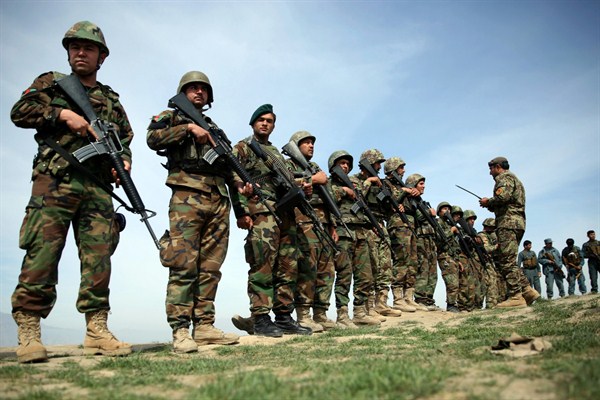Washington remains consumed by America’s long military involvement in Afghanistan. Many policy experts, members of Congress and government officials favor continuing the existing approach, while others—including President Donald Trump himself—are unconvinced. Whichever side prevails this time, one thing is certain: This is not an isolated debate. Rather, it is the beginning of a deeper reconsideration of the role that counterinsurgency should play in U.S. security strategy.
The United States first took on counterinsurgency, known by its military acronym COIN, in the 1960s out of fear that the Soviet Union was exploiting nationalist and leftist insurgencies to weaken the West. The U.S. military, along with other agencies, eventually developed elaborate counterinsurgency doctrine. After Vietnam, though, this hard-won knowledge was largely forgotten, only to be rediscovered in the 1980s as insurgencies threatened pro-U.S. governments in places like El Salvador. But after the demise of the Soviet Union in the early 1990s, the U.S. military and the rest of the government lost all interest in counterinsurgency.
After the 9/11 attacks made Americans aware of the threat from al-Qaida and the transnational Islamist extremist network it led, counterinsurgency once again assumed a central role in American security strategy. As the United States became involved in Iraq and Afghanistan, the military and other government agencies developed new counterinsurgency doctrine and policies. But their thinking never strayed far from Cold War ideas. The process was more about refining old concepts than creating new ones. There was never a broad assessment of whether the precepts of counterinsurgency created to fight 20th-century rural insurgents remained valid in the very different security environment of the 21st century, or whether counterinsurgency should even be a component of American strategy. This oversight, as is now becoming clear, was a problem.

